Tag: Schumann
-
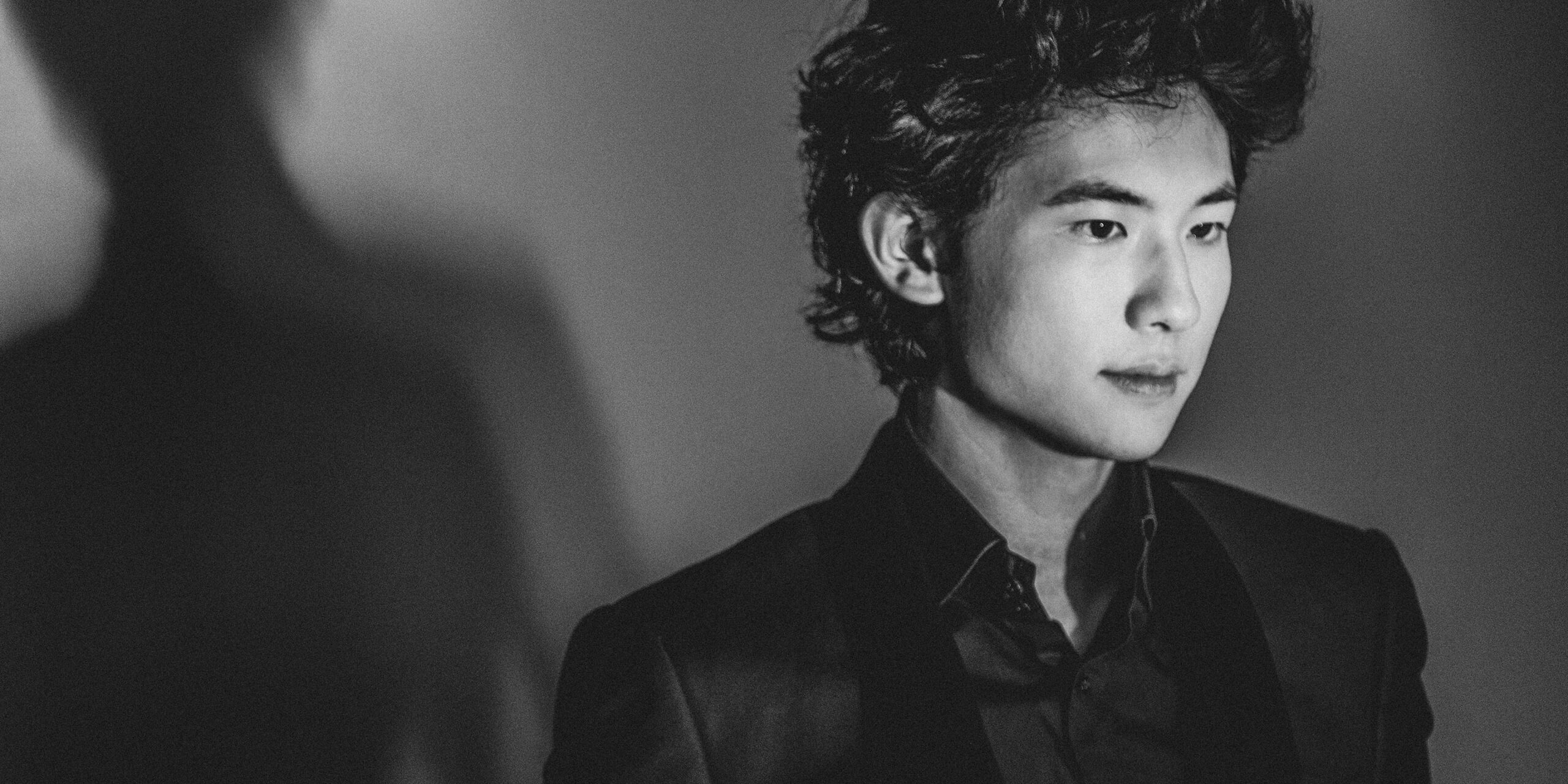
-

-

-
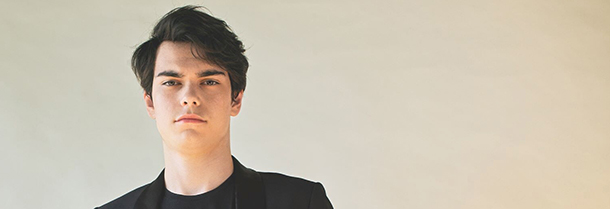
-

-
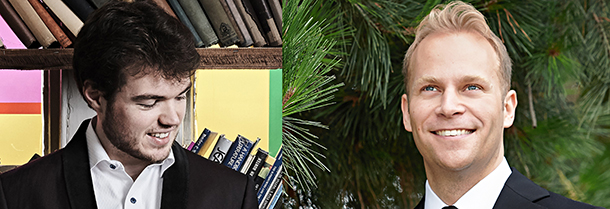
-
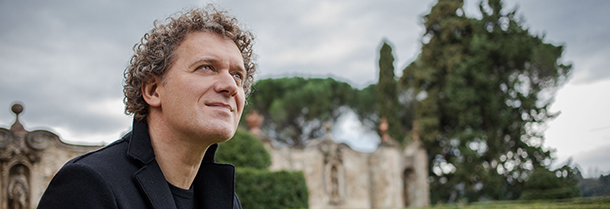
-
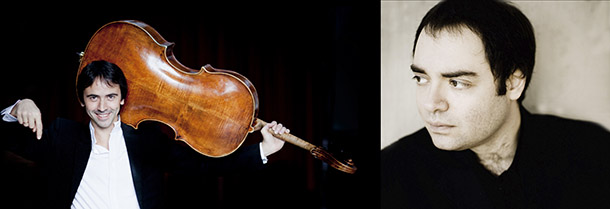
PROGRAM NOTES: WINTERLUDE – SUPER SUNDAY WITH JEAN-GUIHEN QUEYRAS & ALEXANDER MELNIKOV
Robert Schumann Fünf Stücke im Volkston Op. 102 The late 1840s saw Schumann take up “house music” in a big way. This does not mean that he began to DJ at raves, playing dance music with repetitive drum tracks and synthesized basslines. Rather, he had a productive period composing music specifically designed for the home…



